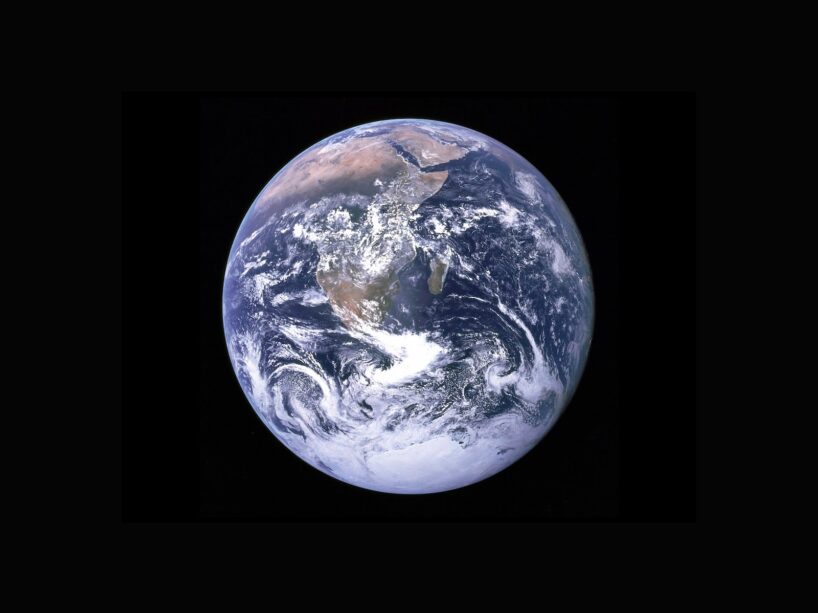"A Pothole in Space? Scientists Are Worried - Don't Let It Put a Hole in Your Plans!"
How the South Atlantic Anomaly is Affecting Scientists and Space Exploration
The South Atlantic Anomaly (SAA) is an area of intense radiation located in the inner Van Allen radiation belt, which is a region of space surrounding the Earth. This anomaly is caused by a dip in the Earth’s magnetic field, which allows more cosmic radiation to enter the atmosphere. The SAA has been growing in size and intensity since the 1970s, and is now located over the South Atlantic Ocean, stretching from Brazil to Zimbabwe.
The SAA is having a significant impact on scientists and space exploration. The increased radiation levels in the SAA can cause interference with satellites and other spacecraft, resulting in malfunctions and data loss. This can be especially problematic for satellites that are used for communication, navigation, and weather forecasting. Additionally, the SAA can cause damage to sensitive electronic components on board spacecraft, leading to costly repairs and delays in mission timelines.
The SAA also poses a risk to astronauts. The increased radiation levels can cause health problems such as cancer, and can even be fatal in extreme cases. Astronauts must take extra precautions when flying through the SAA, such as wearing protective clothing and limiting their exposure time.
The SAA is an ever-growing problem that is having a significant impact on scientists and space exploration. Scientists are working to better understand the anomaly and its effects, and to develop strategies to mitigate its impact. In the meantime, spacecraft operators must take extra precautions when flying through the SAA, and astronauts must be aware of the risks associated with the increased radiation levels.
Exploring the Impact of the South Atlantic Anomaly on Astronauts and Satellites
The South Atlantic Anomaly (SAA) is an area of intense radiation located in the inner Van Allen radiation belt, which circles the Earth. It is an area of increased radiation that can have a significant impact on astronauts and satellites.
The SAA is caused by a dip in the Earth’s magnetic field, which allows more radiation to penetrate the atmosphere. This radiation can cause damage to both astronauts and satellites. For astronauts, the radiation can cause nausea, fatigue, and other health issues. For satellites, the radiation can cause malfunctions and even complete system failure.
The SAA is a growing problem, as the dip in the Earth’s magnetic field is increasing in size and intensity. This means that the area of increased radiation is growing, and the risk to astronauts and satellites is increasing.
To protect astronauts and satellites from the SAA, scientists are developing new shielding technologies. These technologies are designed to protect astronauts and satellites from the increased radiation. For astronauts, this includes special suits and helmets that are designed to protect them from the radiation. For satellites, this includes special shielding that is designed to protect the sensitive electronics from the radiation.
The SAA is a growing problem, and it is important that scientists and engineers continue to develop new technologies to protect astronauts and satellites from the increased radiation. Without these technologies, astronauts and satellites could be at risk of serious damage or even complete system failure.
Examining the Growing Concerns Over the South Atlantic Anomaly and Its Potential Impact on Space Exploration
The South Atlantic Anomaly (SAA) is a region of space located near the South Atlantic Ocean where the Earth’s inner Van Allen radiation belt dips closer to the surface of the planet than anywhere else. This phenomenon has been growing in intensity over the past two decades, and it is now causing concern among scientists and space exploration experts.
The SAA is a region of space where the Earth’s magnetic field is weaker than normal. This means that the Van Allen radiation belt, which is a layer of charged particles that surrounds the Earth and protects it from cosmic radiation, is closer to the surface of the planet in this area. This has the potential to cause problems for satellites and other spacecraft that pass through the SAA.
The SAA is a growing concern for space exploration because it can cause interference with satellites and other spacecraft. The charged particles in the Van Allen radiation belt can interfere with the electronics on board these spacecraft, causing them to malfunction or even fail. This could have serious implications for space exploration, as it could lead to the loss of valuable data or even the destruction of a spacecraft.
The SAA is also a concern for astronauts, as the increased radiation levels could pose a health risk. Astronauts who spend extended periods of time in the SAA could be exposed to higher levels of radiation than normal, which could increase their risk of developing cancer or other health problems.
Scientists are currently studying the SAA in order to better understand its effects on space exploration. They are also looking for ways to mitigate the risks posed by the SAA, such as developing shielding technology that can protect spacecraft from the radiation.
The SAA is a growing concern for space exploration, and it is important that scientists and engineers continue to study it in order to better understand its potential impacts. With the right precautions and mitigation strategies, the SAA can be managed in a way that allows us to continue to explore the universe without putting our spacecraft and astronauts at risk.







